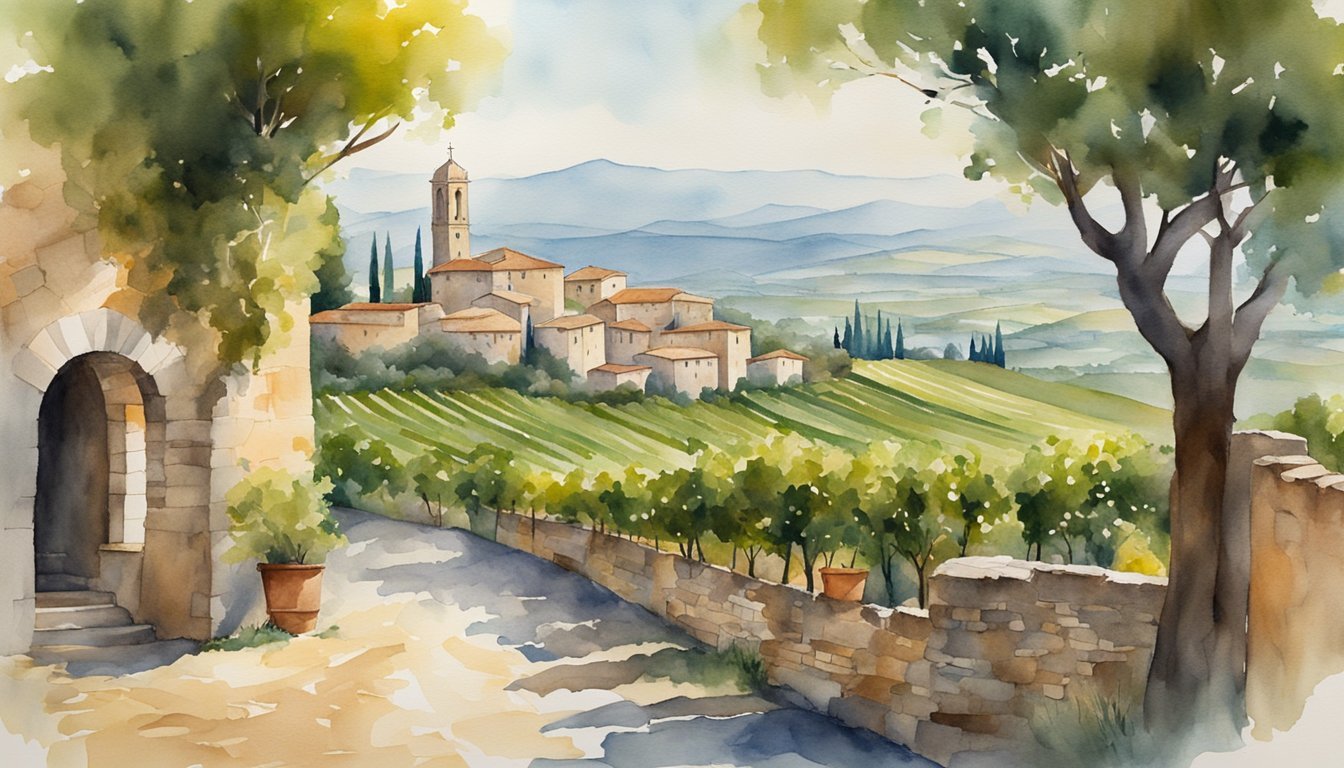Geographical Landscape of Italy
Major Mountains and Volcanoes
Located in Europe, Italy’s geography features impressive mountains and volcanic peaks. The Italian Alps tower in the north, which includes the country’s highest point, Mont Blanc. The Apennine Mountains form the Italian Peninsula’s spine and include some of the most well-known volcanoes, such as Vesuvius, Etna, and Stromboli.
Rivers, Lakes, and Seas
Italy is home to several major rivers, including the Po River, the longest river in the country. Other important rivers are the Tiber and Arno. The country also boasts numerous picturesque lakes such as Garda, Maggiore, and Como. Italy’s extensive coastline borders the Mediterranean Sea, with the Adriatic Sea to the northeast, the Ionian Sea to the southeast, and the Tyrrhenian Sea to the southwest.
Regions and Islands
The geography of Italy consists of diverse regions, each with its own unique landscapes and characteristics. Well-known regions include Tuscany, Liguria, Piedmont, and the Aosta Valley. Italy also has prominent islands, like Sicily and Sardinia, as well as smaller islands in the Mediterranean. Some regions, such as Trentino-Alto Adige and South Tyrol, feature distinct cultural heritages.
Climate and Environment
Italy’s climate varies significantly based on its geographical features. Coastal areas experience a Mediterranean climate with hot, dry summers and mild, wet winters. Moving inland and up into the mountainous regions, the climate becomes more continental with snow in the winter months. Overall, the environment in Italy is diverse and offers multiple ecosystems.
Borders and Neighboring Countries
Italy shares borders with several neighboring countries, including France, Switzerland, Austria, and Slovenia. Additionally, the small country of San Marino is located within Italy’s borders. Situated in Southern Europe, Italy plays a significant role in connecting the European continent with the Mediterranean region.
Natural Resources and Land Use
Italy’s land area consists of various landscapes that provide a wealth of natural resources. The country’s water resources are vital for agriculture, which is an essential part of Italy’s economy and landscape. The mountainous regions are rich in minerals, and Italy is known for its marble and other building materials. With a population of over 60 million people, the country’s diverse geography plays a critical role in supporting its inhabitants’ livelihoods.
Cultural and Political Geography

Historical Significance
Italy, located in south-central Europe, has a rich history that has left a significant impact on the cultural and political landscape of the region. The country has been the cradle of the Roman Empire, which was one of the greatest civilizations in the world. The two World Wars also left their mark on Italy, shaping its political and social systems.
Art and Culture
Italy is well-known for its contributions to art and culture, from the famous artists of the Renaissance period like Leonardo da Vinci and Michelangelo to the modern fashion capital of Milan. The country is also home to numerous UNESCO World Heritage Sites, showcasing its rich artistic heritage.
Capital and Major Cities
The capital of Italy is Rome, which also houses Vatican City, an independent city-state that acts as the spiritual center of the Catholic Church. Other major cities include Milan, Turin, Genoa, Palermo, Florence, Naples, and Venice. These cities offer a diverse mix of history, arts, and culture.
Government and Administration
Italy is governed by a parliamentary system, with a president serving as the head of state and a prime minister overseeing the government. The country is divided into 20 regions, which are further subdivided into provinces and municipalities. Italy is a member of the European Union (EU) and its currency is the Euro (€).
Demographics and Population Centers
The population of Italy is predominantly Italian, though there are also German and French-speaking communities, mainly in the northern regions. The major population centers are located in the cities, with Rome, Milan, Naples, Turin, and Palermo being the most populated. The south of Italy has been historically less developed compared to the industrialized north, which includes the regions near the Adige River and the Po Valley. This has led to a pronounced north-south divide in terms of income, infrastructure, and economic opportunities.

